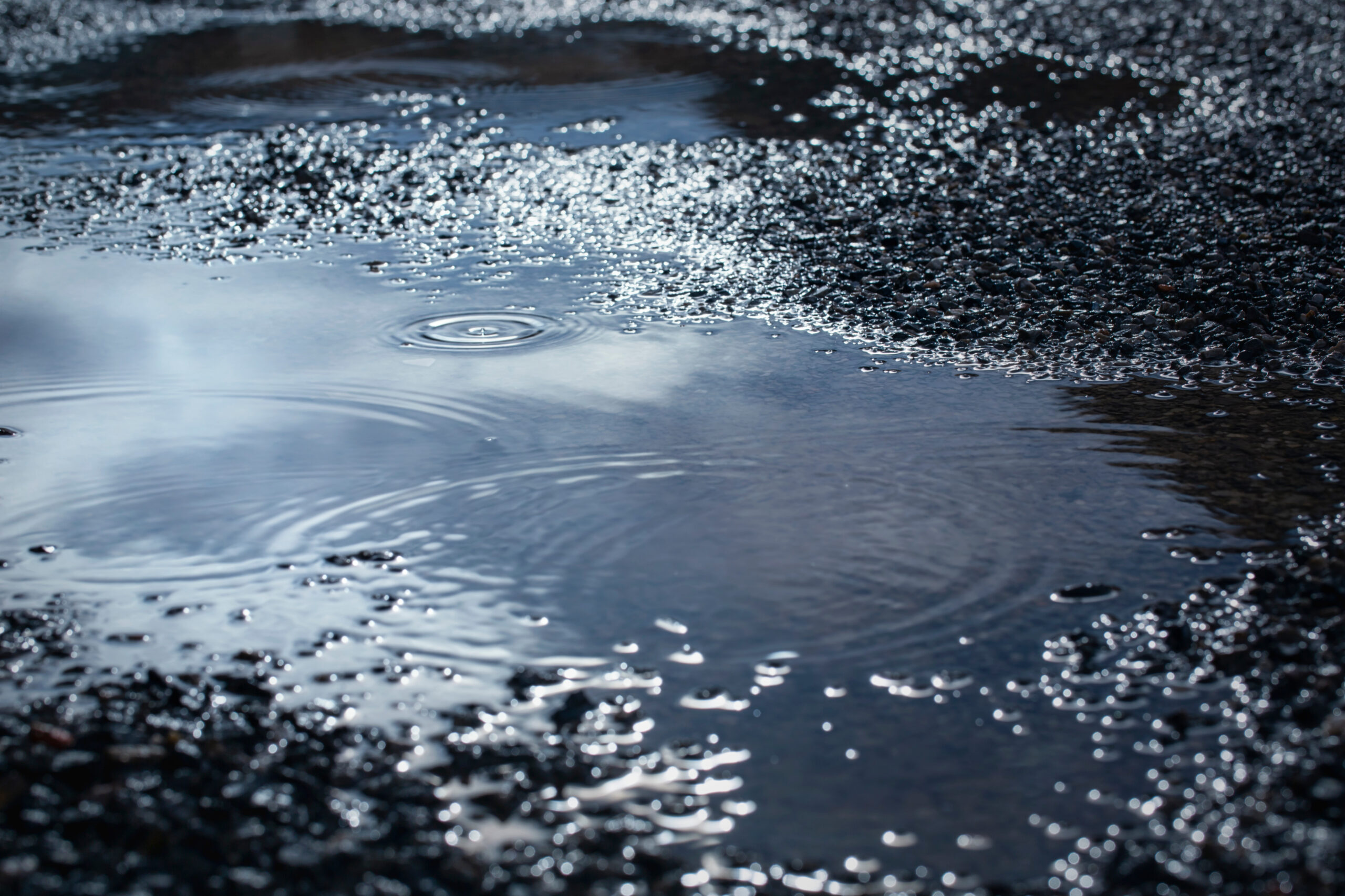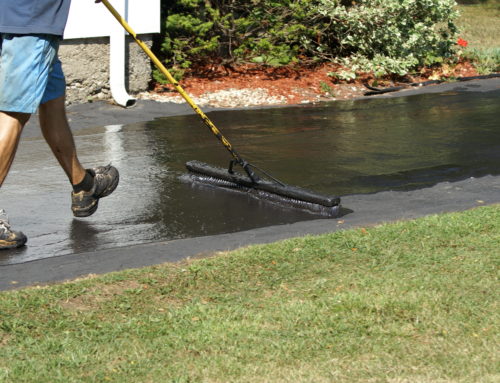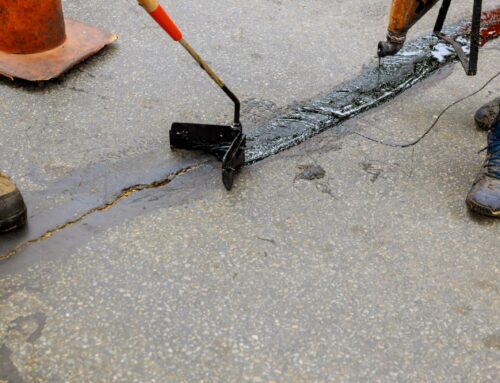Asphalt paving is a popular choice for driveways, roads, and parking lots due to its durability, cost-effectiveness, and aesthetic appeal. However, the longevity and performance of an asphalt surface depend not just on the quality of materials and construction techniques but also on effective drainage systems. Proper drainage is crucial in preventing water-related damage, maintaining structural integrity, and extending the lifespan of asphalt pavements. In this blog, we will explore the importance of proper drainage in asphalt paving, highlighting the key benefits and best practices for ensuring effective water management.
Important Note
Drainage is a top concern, yes, but asphalt pavement companies are not hydrologists! We attempt to correct drainage, but cannot guarantee it. We have a lot of experience doing it, and know our best practices, but we don’t use the same equipment and experiences as certified hydrologists. Keep that in mind.
Understanding the Role of Drainage in Asphalt Paving
Water is one of the most significant threats to asphalt pavements. When water infiltrates the pavement structure, it can cause a range of issues, including weakening of the base and sub-base layers, leading to cracks, potholes, and, ultimately, pavement failure. Proper drainage systems are designed to channel water away from the pavement surface and underlying layers, preventing these problems and maintaining the pavement’s integrity.
Benefits of Proper Drainage in Asphalt Paving
Enhanced Durability and Longevity
Effective drainage prevents water from seeping into the pavement structure, reducing the risk of water-related damage. By keeping the pavement dry, proper drainage systems help extend the lifespan of the asphalt surface and minimize the need for costly repairs.
Improved Safety
Water accumulation on asphalt surfaces can lead to hazardous conditions, such as hydroplaning, which increases the risk of accidents. Proper drainage ensures that water is efficiently removed from the pavement surface, improving traction and safety for motorists and pedestrians.
Prevention of Structural Damage
Water infiltration can weaken the pavement’s base and sub-base layers, leading to structural damage and pavement failure. By directing water away from these critical areas, proper drainage systems help maintain the structural integrity of the pavement.
Reduced Maintenance Costs
Pavements with effective drainage systems are less prone to water-related damage, resulting in lower maintenance and repair costs over time. By investing in proper drainage during the initial construction, property owners can save money on long-term maintenance.
Environmental Benefits
Proper drainage systems can also contribute to environmental sustainability by reducing the risk of water pollution and soil erosion. By managing stormwater runoff effectively, these systems help protect local waterways and ecosystems.
Key Elements of Effective Drainage Systems
To ensure proper drainage in asphalt paving, several key elements must be considered during the design and construction phases:
- Grading and Sloping: Proper grading and sloping are essential for directing water away from the pavement surface. A slight slope, typically around 2-5%, should be incorporated into the pavement design to ensure efficient water runoff.
- Surface Drainage: Surface drainage features, such as gutters, channels, and curbs, help collect and direct water away from the pavement. These features should be strategically placed to ensure efficient water flow and prevent pooling.
- Subsurface Drainage: Subsurface drainage systems, such as perforated pipes and drainage tiles, are installed beneath the pavement to manage groundwater and prevent water from accumulating in the base and sub-base layers. These systems are particularly important in areas with high groundwater levels or poor soil drainage.
- Drainage Outlets: Drainage outlets, such as catch basins, storm drains, and culverts, are used to collect and discharge water from the pavement surface and subsurface drainage systems. These outlets should be properly designed and maintained to ensure efficient water flow and prevent blockages.
Best Practices for Ensuring Proper Drainage:
Here are the ways we ensure proper drainage on every job, and the things you can do to keep that drainage work correctly (hint: it’s proper maintenance!)
- Comprehensive Site Assessment: Conduct a thorough site assessment to identify drainage challenges and determine the most effective drainage solutions. This includes evaluating soil conditions, groundwater levels, and existing drainage infrastructure.
- Professional Design and Installation: Work with experienced paving professionals to design and install drainage systems that meet the specific needs of your project. Proper design and installation are crucial for ensuring the effectiveness and longevity of drainage systems.
- Regular Maintenance: Regular maintenance is essential for keeping drainage systems functioning properly. This includes inspecting and cleaning drainage outlets, repairing any damage, and addressing any issues that may arise over time.
- Use of High-Quality Materials: Use high-quality materials for both the pavement and drainage systems to ensure durability and performance. This includes selecting appropriate asphalt mixes, drainage pipes, and other components.
Proper drainage is a critical component of successful asphalt paving projects. Proper drainage systems enhance the durability, safety, and longevity of asphalt pavements by effectively managing water runoff and preventing water-related damage. Investing in well-designed and maintained drainage systems is essential for protecting your pavement and ensuring optimal performance for years to come. Whether you’re planning a new asphalt installation or maintaining an existing pavement, prioritizing proper drainage will help you achieve the best possible results. Need help installing new asphalt or repairing worn down stretches? You know who to call.




